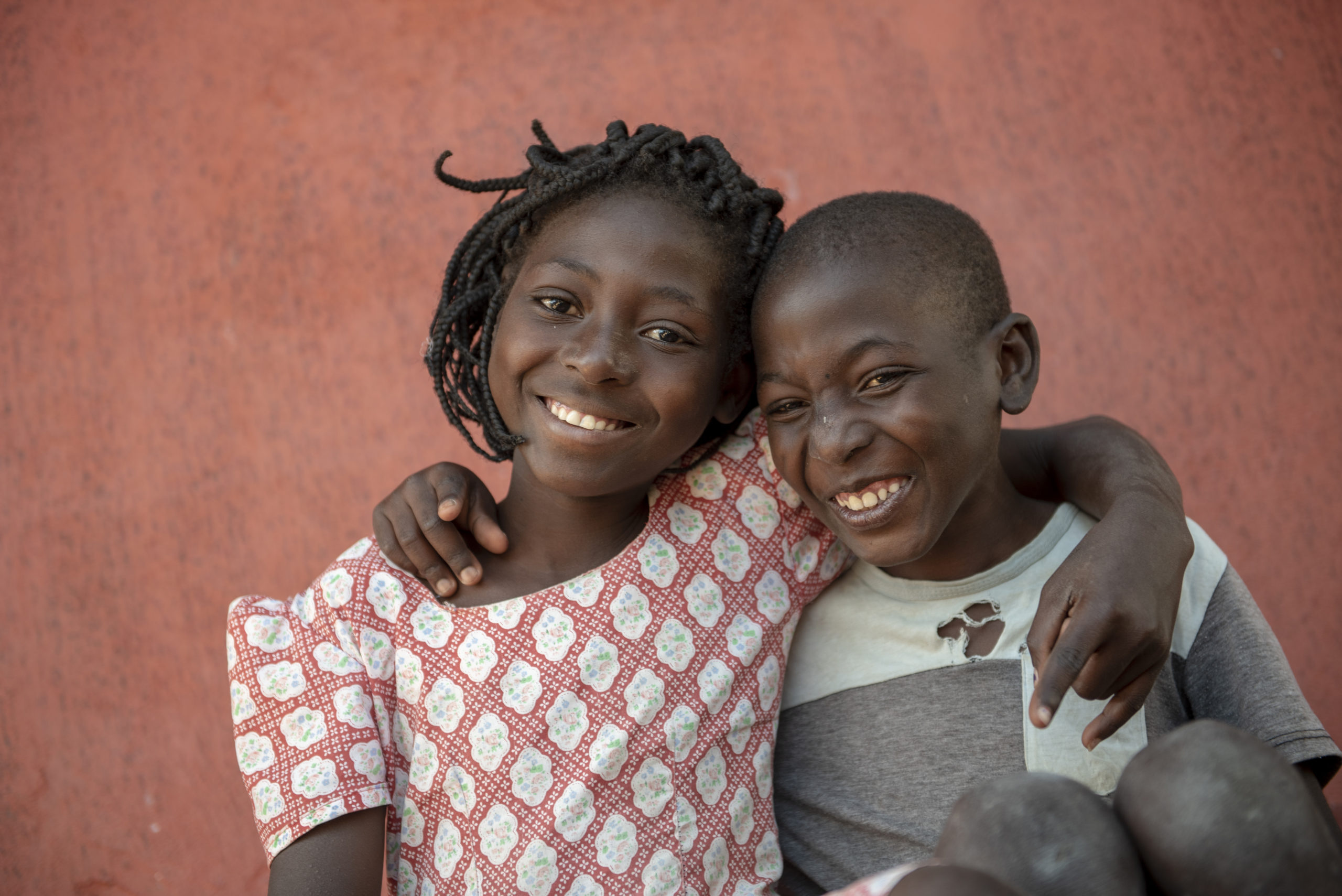The following remarks were given by EGPAF President & CEO Chip Lyons on June 24, 2020 to the UNAIDS Program Coordinating Board:
The Elizabeth Glaser Pediatric AIDS Foundation thanks UNAIDS for the presentation and report on the UNAIDS Strategy Beyond 2021. We appreciate the commitment to taking a comprehensive approach for updating the UNAIDS strategy beyond 2021 and including a variety of stakeholder perspectives in that process.
We are concerned that, after years of highlighting the unique needs of pregnant women, children, and adolescents, momentum has slowed dramatically. And we continue to wait for the more urgent, concrete action often discussed in this chamber.
Members of the PCB are well aware that AIDS remains one of the leading causes of childhood death in Africa. Today, 1.8 million children live with HIV. New pediatric HIV infections are on the rise in a handful of countries, jeopardizing the gains made towards eliminating pediatric AIDS. Pediatric treatment coverage has stalled and we have failed to identify and reach almost half of the children living with HIV.
As the PCB discusses new and updated priorities for UNAIDS, I ask that you champion changes that strengthen our course of action on ending AIDS.
An AIDS-Free Generation is not only possible; it is a human rights imperative.
It is achievable with leadership and strategic interventions, much of which can and should come from the UNAIDS Secretariat and the co-sponsors.
UNAIDS’ past and current strategies mobilized leadership, built initiatives, and scaled up innovations to respond to HIV among children and adolescents. However, instead of using 2020 to charge towards the achievement of the fast track targets for children and youth, our pace has slowed and our resolve has weakened. Viral suppression rates in children are unconscionably low. Adoption and scale-up of well-documented game-changers like point-of-care EID is stalled.
We need transformative and disruptive action to accelerate efforts to end HIV in children, adolescent and families now, with no further delay.
As UNAIDS updates its strategy beyond 2021, we have three main calls:
- To PCB members, be a champion for this issue and ensure pediatric HIV remains a top priority for the next 5 years. Moreover, with 90% of all children living with HIV globally located in Africa, we ask that you consider how to build stronger spaces for African leadership and commitments to eliminate vertical transmission of HIV and advance prevention, care, and treatment activities for children and youth.
- To the UNAIDS Secretariat, address innovation inequities around children and HIV as part of the new strategic plan, from birth through adolescence. The commonly heard adage – that the tools already exist to end the AIDS epidemic – simply has not been the case for children and young people. There is a quality gap between adult service delivery and what we provide children. This cannot persist.
- To UNAIDS and the Co-sponsors, this is an opportunity to breakdown the data and evidence by age and geography to bring forward the next generation of action steps for the Joint Programme to reduce the high pediatric HIV-related mortality rate and tackle stubborn programmatic challenges including delayed testing and treatment initiation; childhood HIV/TB; use of suboptimal ARV regimens and low rates of viral suppression in children and young people.
UNAIDS Strategy beyond 2021 must remain AMBITIOUS to accelerate progress on pediatric HIV and improve the health of every child; must be VISIONARY to adapt the HIV response to the changing health and political context; and must be EVIDENCE-BASED to apply the most effective interventions for all age groups to finally end HIV in women, children, and youth once and for all.
Thank you for your attention.




